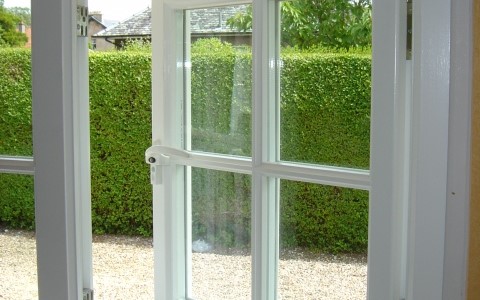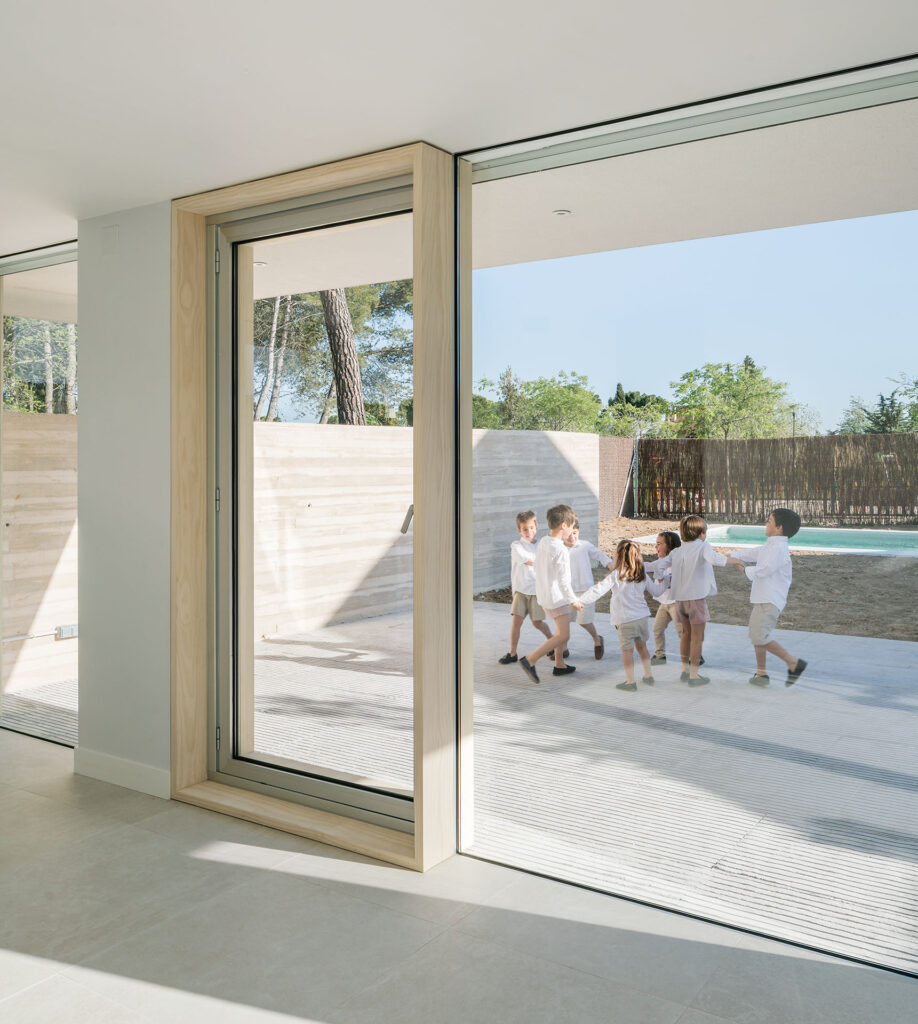Why modified timber is perfect for windows
Timber windows are a sought-after fixture of both modern and period homes, not to mention non-residential properties.
However, wood is often overlooked in favour of bland PVC, simply because it’s thought to last longer.
But wood has come a long way and new types of modified timber are bursting back on to the scene as a hardy alternative to plastic that doesn’t compromise on aesthetics.
In this guide, we’ll explain what modified timber is and explore what makes it the perfect material for windows, as well as other external applications like door frames.
What is modified timber?
As the name suggests, modified timber is wood that has been subjected to one or more processes to enhance its durability and/or several other qualities.
This can be done through thermal modification or chemical processes that change the structure of the timber’s cell wall components or simply focus on insulating the wood’s exterior.
Heat Treatment: This method of treating wood has been in use for decades, but is constantly being refined to produce superior results.
In essence, the process revolves around heating the timber to temperatures upwards of 200 degrees in a vacuum chamber that removes most of the surrounding oxygen.
This prompts changes in the inner structure of the timber – roasting the tannins and sugars contained within and thus making them inedible to insects and microorganisms.
Chemical Treatment: A variety of chemicals can be used to treat wood – whether you’re looking to improve a singular quality (e.g. resistance to fungi) or the overall hardiness of the wood.
Treatments can be applied in a variety of ways, for instance, by submersing the timber in chemicals, applying them via brushing, through bored holes, diffusion or pressure.
A winner for windows
Given the demanding role of windows, those made of timber have to be able to stand up to a lot of punishment. Their position between the external and internal can cause a great deal of problems in terms of shrinking, swelling and decay. Dimensionally-stable wood (that doesn’t experience a lot of ‘movement’) is the gold standard for window construction and modified timber meets this goal in earnest.
Modified wood tends to boast a much lower internal moisture content than your typical timber and as such, won’t see much in the way of movement, as well as being generally more resistant to rot, infestation and decay.
Treated timber is comparable to aluminium or PVC in terms of durability, with typical warranties applying for between five and 10 years. However, modified wood is also easy to ‘refresh’ – with a quick touch-up leaving it loking good as new.
Windows made from these magnificent materials tend to cost less than composite or aluminium cladding and for those concerned with their carbon footprint, tend to perform fantastically well in the environmental department too.
What we stock
We aim to provide timber that lasts and as such, pick our range very carefully with this goal in mind.
Accoya
We think Accoya rules the roost when it comes to chemically-modified timber. It’s completely non-toxic, comes from fast-growing, sustainable forests and boasts dimension stability that outpaces even the sturdiest of tropical hardwoods.
It’s undergone innumerable tests over the past 80-plus years, which have shown near-perfect performance in virtually every type of condition, including internal, external, below ground and even saturated in water
Accoya is created through a process called acetylation, which targets ‘free hydroxyls’ that are abundant in untreated wood. These chemicals absorb and release water, depending on the surrounding climate and are the main culprit behind swelling or shrinking in wood.
Acetylation converts these hydroxyls into acetyl by exposing the wood to acetic anhydride. This radically reduces the amount of water the wood can take in, preventing movement and deterring insect infestation.
Thermowood
Thermowood is an innovative type of thermally-modified timber that uses a unique process to reduce the wood’s thermal conductivity by removing internal resin.
This revolutionary product is manufactured using a three-stage process:
Heating and Drying
The green or ready-dried timber is placed inside a kiln and the temperature is quickly increased via heat and steam until it reaches approximately 100 Degrees Celsius. From here, the heat is increased until it reaches 130 Degrees and the wood begins to dry.
As well as promoted chemical changes to the wood, the steam will also prevent cracking during this rigorous process. By the time this phase is complete, the moisture content in the wood will be reduced to near-zero.
Even More Heat
In the second stage, more heat is added – raising the temperature to upwards of 200 Degrees, with the exact figure depending on the intended end-use of the wood.
This is maintained for around two-to-three hours and steam is once again used to facilitate chemical alterations and reduce the risk of cracking.
Conditioning and cooling
The final phase of the Thermowood process involves carefully reducing the temperature with water sprays before re-moisturising the wood to bring its content up to a useful level (typically upwards of four per cent).
As an end result, the process produces quality timber that can be used in a variety of scenarios. Some of the main attributes of Thermowood include:
Resistance to decay
Consistent colour
Reduced equilibrium moisture content
Improved dimensional stability
And You?
If you’ve got questions about any of the processes we’ve discussed above or simply want to share your views on the best types of wood to use in windows – be sure to get in touch via Twitter.
And if you’re looking for recommendations on the best timber for an upcoming project, don’t hesitate to get in touch directly.

